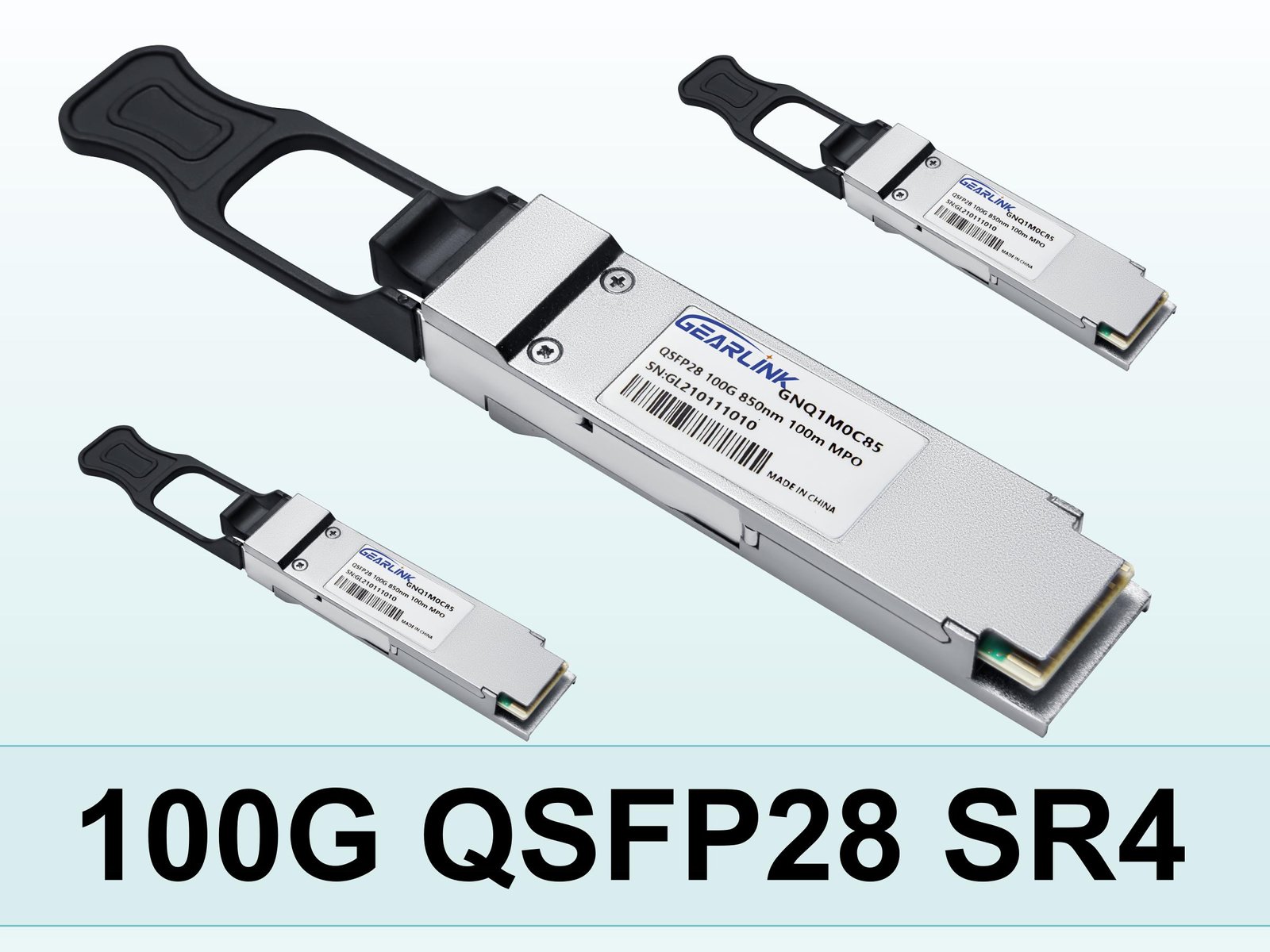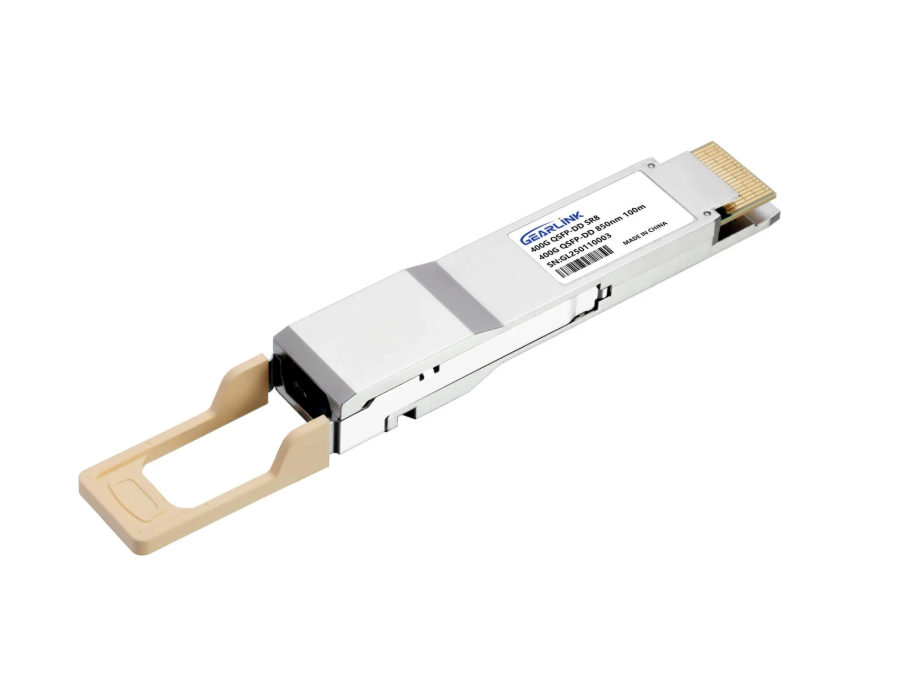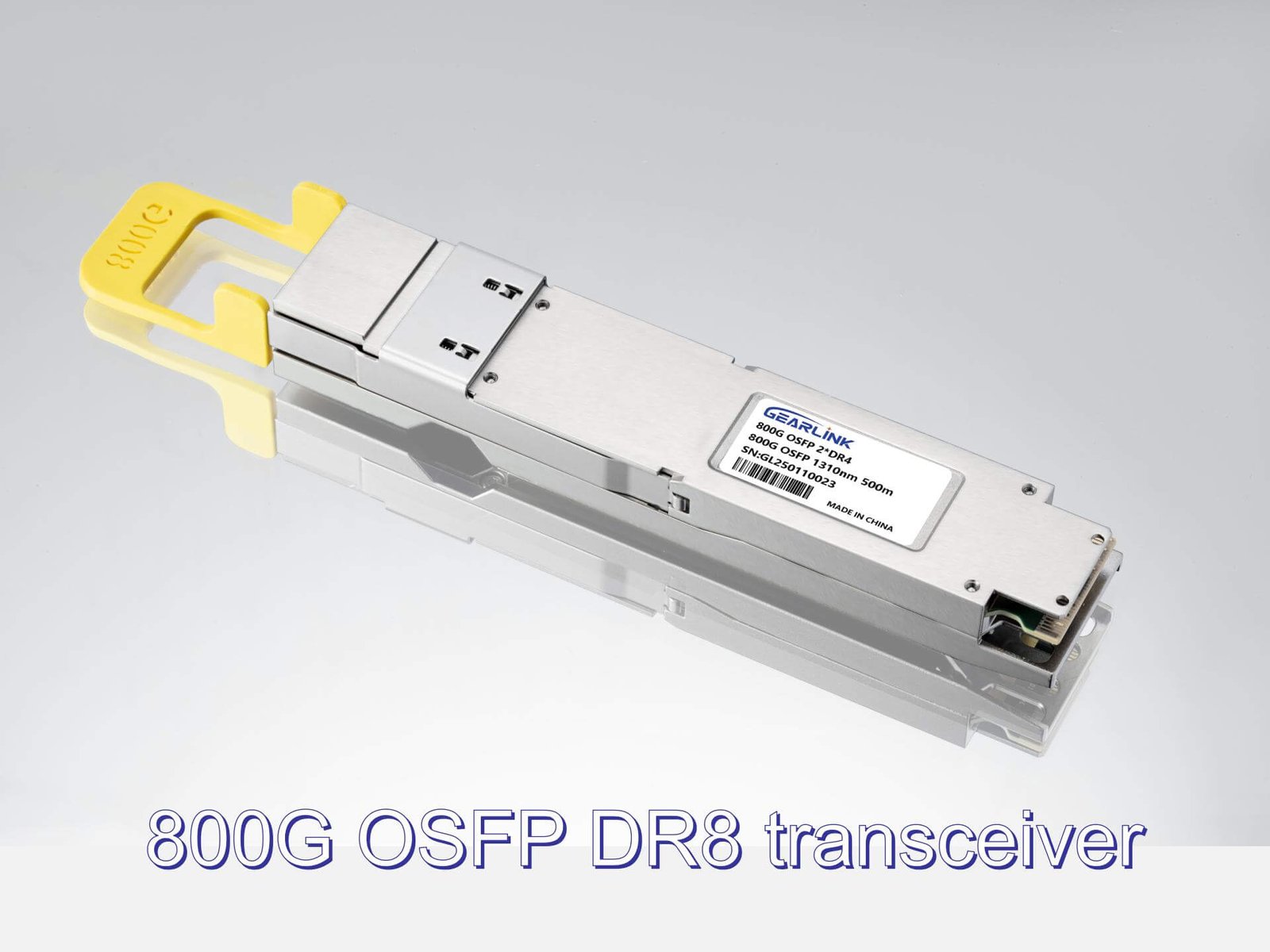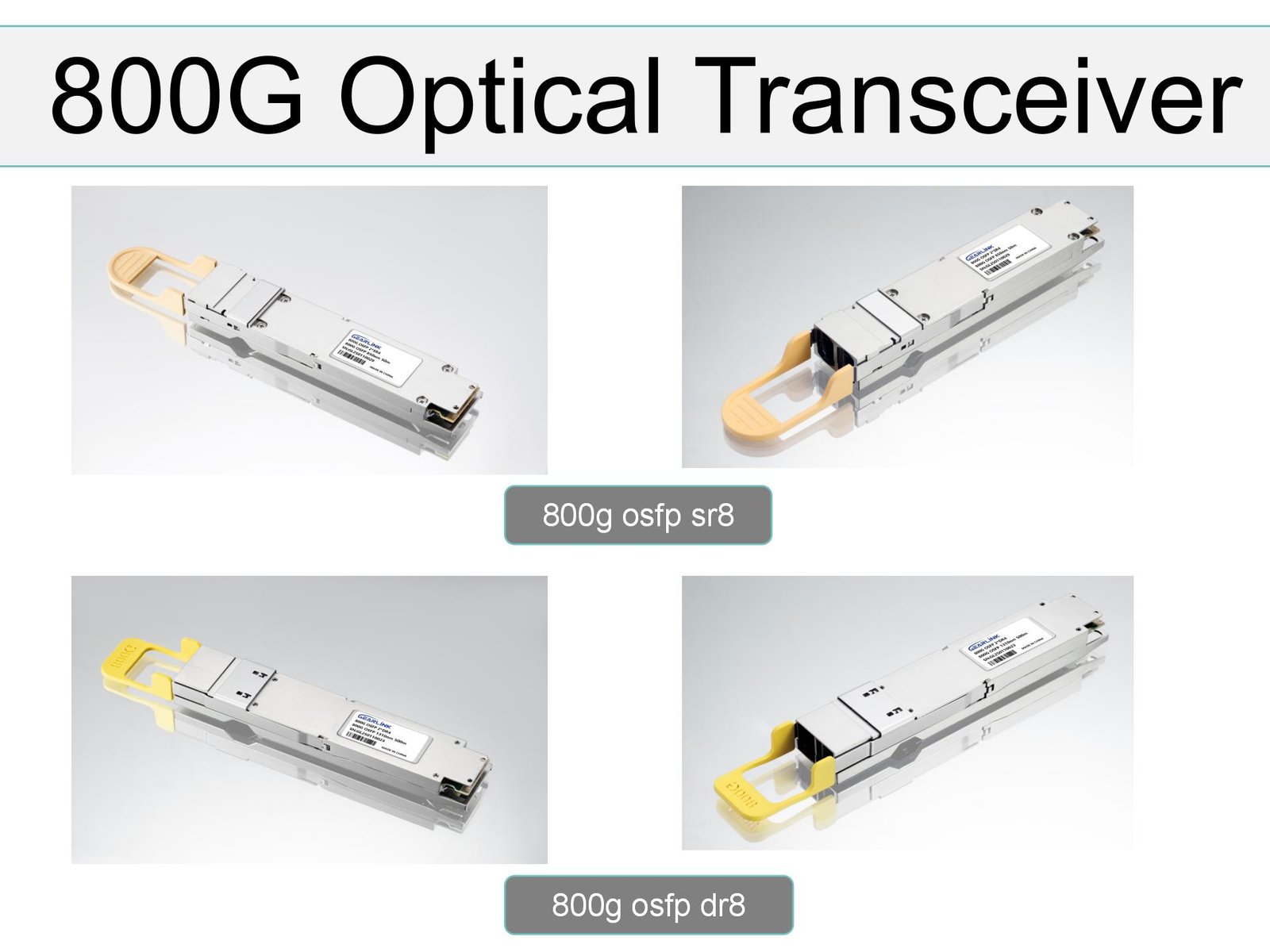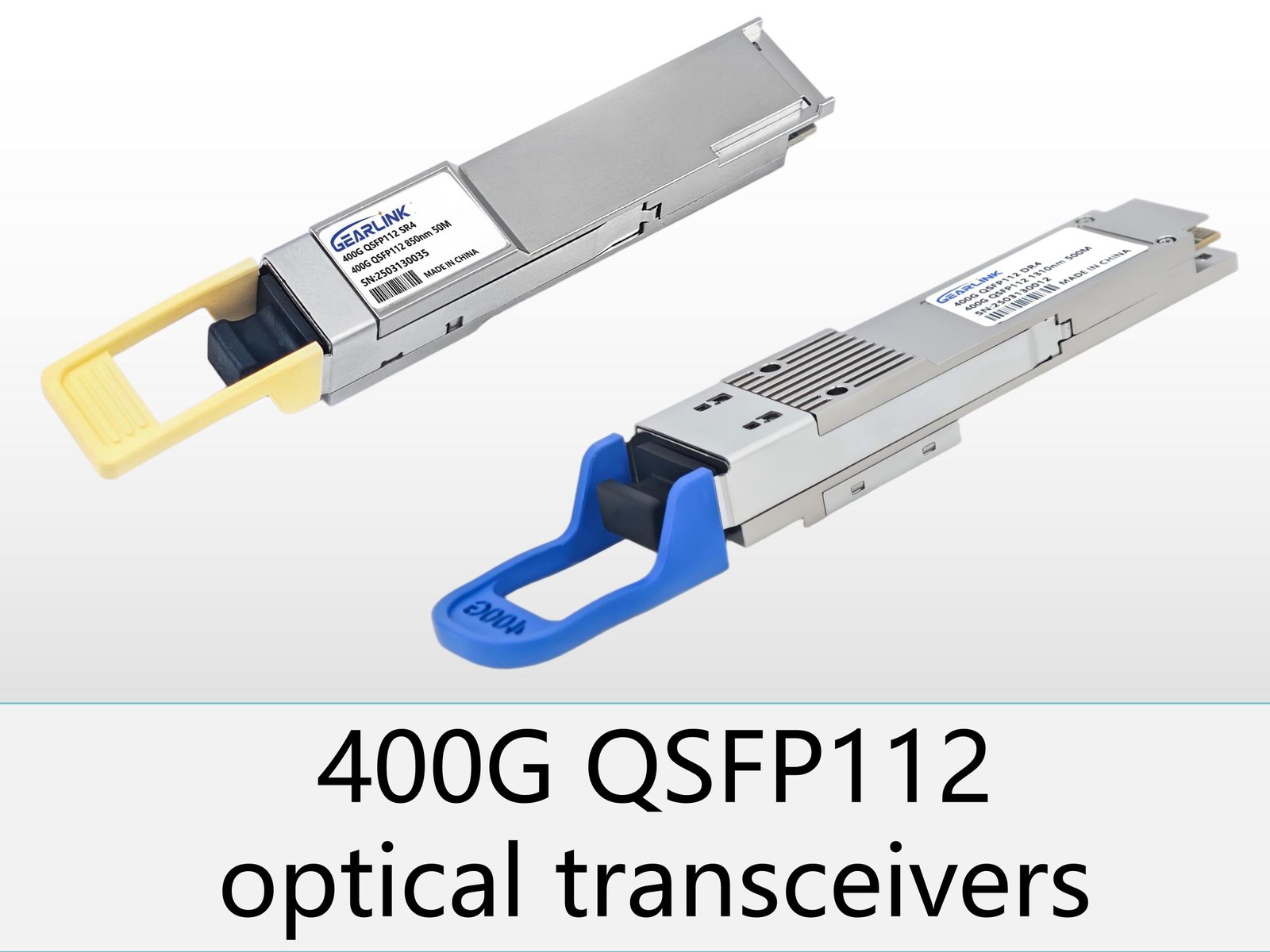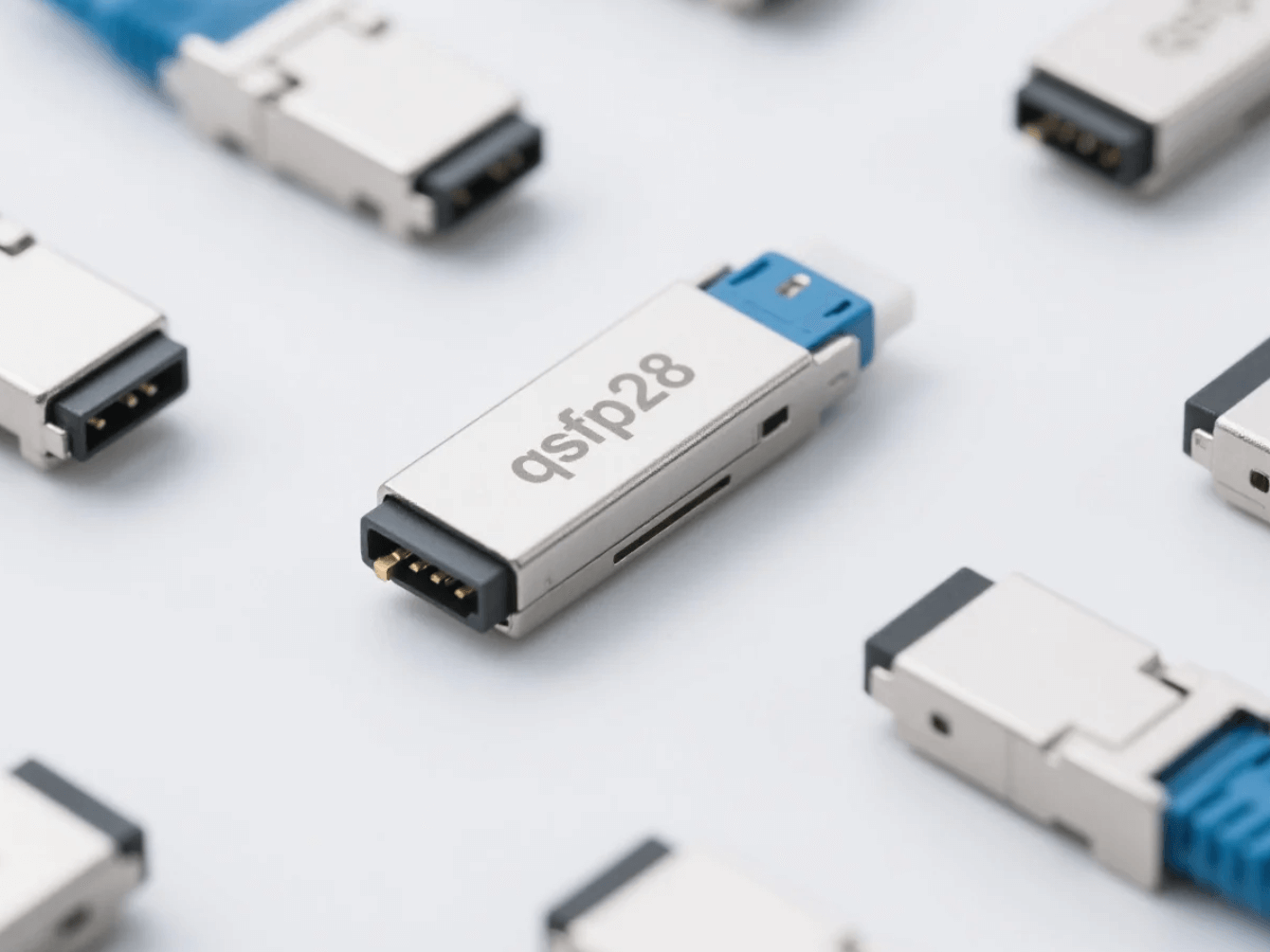In today’s high-speed networking world, the term QSFP 100G SR4 often appears alongside its close variants like 100GBASE-SR4, QSFP28 SR4 100G, QSFP 100G SR4 S and simply 100G SR4. Although these five keywords appear different, they in fact all refer to the same type of product: a 100 Gigabit Ethernet short-reach pluggable transceiver module using the SR4 variant. In this article, we will clearly explain how QSFP 100G SR4 works, why 100GBASE-SR4 is significant, how the QSFP 100G SR4 S differs (if at all), and give you a simple, actionable breakdown so you “get it” without heavy technical jargon.
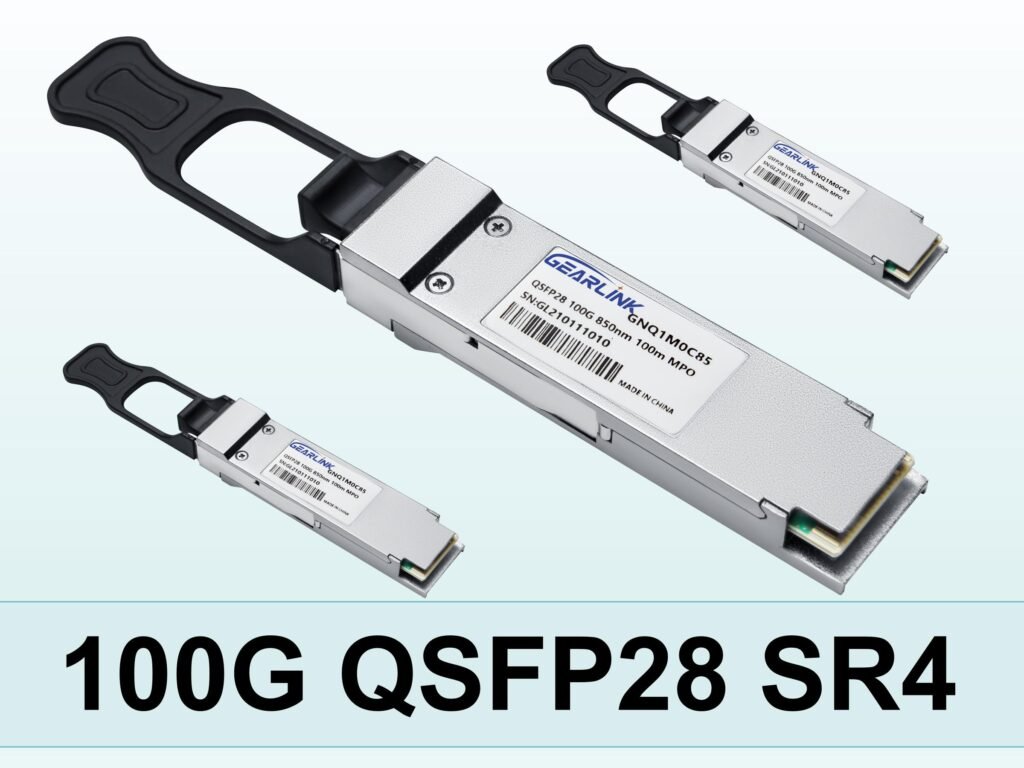
What is QSFP 100G SR4 (100GBASE-SR4) and why it matters
Firstly, when someone says 100GBASE-SR4, they mean a short-reach (SR) 100 Gigabit Ethernet interface that uses four parallel lanes (hence “4”) over multimode fiber (MMF). In practice, the term QSFP 100G SR4 or QSFP28 SR4 100G refers to the module form factor (QSFP28) that supports the 100GBASE-SR4 standard. In other words, QSFP 100G SR4, 100GBASE-SR4 and QSFP28 SR4 100G are essentially equivalent expressions of the same specification.
Why does it matter? Because data centres, enterprise cores and high-performance compute systems increasingly demand 100 Gbps links that can be deployed cost-effectively over MMF. The 100GBASE-SR4 interface delivers this by using MPO/MTP connectors and multimode fiber to span up to ~100 m (on OM4) at 100 Gbps.
Moreover, the variant QSFP 100G SR4 S typically refers to the Cisco-branded version of the module (e.g., “Cisco QSFP-100G-SR4-S”). According to Cisco’s datasheet, the QSFP-100G-SR4-S supports link lengths up to 70 m on OM3 and 100 m on OM4 multimode fiber. So when you see QSFP 100G SR4 S, you can interpret it as the Cisco-compatible version of the QSFP 100G SR4 type.
In summary:
QSFP 100G SR4 = module type for 100GBASE-SR4
100GBASE-SR4 = the Ethernet standard interface
QSFP28 SR4 100G = alternate naming of same product
QSFP 100G SR4 S = branded (Cisco) variant of above
100G SR4 = shorthand for the same class
Key specifications of QSFP 100G SR4 / 100GBASE-SR4
To make things clearer, here is a table summarising the core specs you should expect when deploying a QSFP 100G SR4 / 100GBASE-SR4 module.
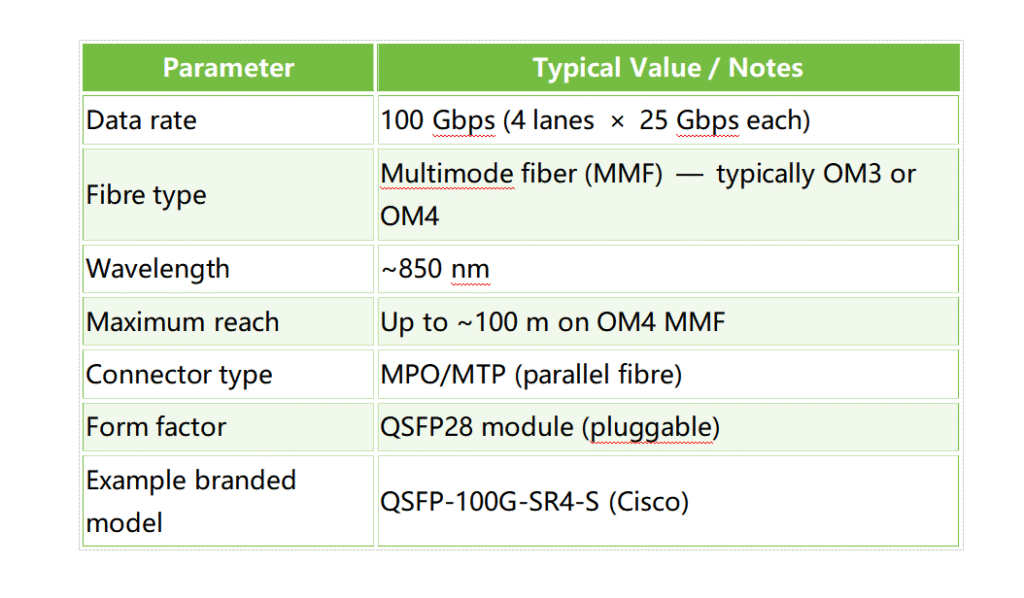
Because of these specifications, the QSFP 100G SR4 form factor is widely adopted for short-reach, high-density applications.
How QSFP28 SR4 100G differs (or doesn’t) from other naming variants
You might wonder: “Is QSFP28 SR4 100G different than QSFP 100G SR4 or 100G SR4?” The simple answer: no, they’re functionally the same standard. The naming difference comes from brand, marketing and slight form-factor clarifications. For instance:
QSFP 100G SR4 emphasises the 100G link with SR4 (short-reach 4 lanes) in the QSFP form-factor.
QSFP28 SR4 100G emphasises the “QSFP28” generational module (which supports 25 Gbps per lane) and uses the SR4 interface at 100G.
100GBASE-SR4 is the IEEE standard interface name.
QSFP 100G SR4 S indicates a specific vendor’s (e.g., Cisco’s) transceiver model.
Thus, when you read content that mentions any of the five keywords — “qsfp 100g sr4”, “100GBASE-SR4”, “qsfp 100g sr4 s”, “100g sr4”, “qsfp28 sr4 100g” — you can understand that all are pointing at the same underlying product class: a 100G short reach optical transceiver using four parallel lanes in a QSFP28 module form-factor.
This matters for procurement, compatibility and inventory: if you need a QSFP28 SR4 100G solution, you can often accept any of those variants (assuming OEM/vendor compatibility) because they meet the same functional spec.
Use-cases and benefits of deploying QSFP 100G SR4 / 100G SR4
Why would an organisation choose the QSFP 100G SR4 / 100GBASE-SR4 option instead of something else? Here are some key benefits:
High density: Because QSFP28 modules support four 25 Gbps lanes aggregated to 100 Gbps, you can pack more 100G ports into a chassis with minimal footprint.
Cost-efficiency for short reach: If your data-centre links are within ~100 m and use multimode fibre, the SR4 variant is more economical than longer-reach single-mode options.
Future-proofing: Deploying QSFP28 SR4 modules allows upward migration (e.g., to 400G) with parallel lane technologies, while still utilising existing MMF infrastructure.
Vendor compatibility: Because the SR4 form-factor is standard, modules such as the QSFP 100G SR4 S (Cisco) or generic QSFP28 SR4 100G models can work across multiple platforms — provided the vendor allows it.
Lower power: Many SR4 modules consume moderate power (often around 3.5 W) relative to longer-reach modules. For example, Cisco’s QSFP-100G-SR4-S is rated at ~3.5 W.
In short, if your topology involves multimode fiber within racks or across adjacent racks up to ~100 m, the QSFP 100G SR4 / 100GBASE-SR4 choice is highly suitable.
Compatibility and deployment considerations
When you plan to deploy a QSFP 100G SR4 module (or one of its naming variants), here are some “gotchas” and tips to ensure smooth operation:
Fibre type and distance
Make sure you are using laser-optimized multimode fibre: OM3 or OM4. The specification for SR4 includes reach up to ~100 m on OM4; less on OM3. If you exceed the distance or use incompatible fibre, you risk signal degradation or link failure.
Connector type
These modules use parallel fibre with MPO/MTP connectors. Mis-matching connectors can lead to poor performance. For example, one supplier lists MPO/MTP input for QSFP28 SR4 modules.
Vendor/brand compatibility
If you are buying a module labelled “QSFP 100G SR4 S” (the Cisco variant) or a generic “QSFP28 SR4 100G”, check with your switch or router vendor that the module is supported or at least that third-party modules are allowed. Some systems restrict to branded parts; others allow compatible vendors.
Also confirm firmware, host optics support, and insertion detection.
Power and thermal budget
Although SR4 modules are relatively low power compared to longer-reach modules, you still need to ensure your system cooling and power budget support the module’s dissipation. The Intel version of 100G SR4 QSFP28 has max power ~2 W in their spec.
Breakout or aggregation options
In some networks you might want to split a 100G port into four 25G links using breakout cables. Some QSFP28 SR4 modules support breakout configurations — check module and switch compatibility.
Quick checklist for selecting QSFP 100G SR4 / 100GBASE-SR4 modules
Here is a simplified checklist you can go through when purchasing:
Ensure module name includes one of “qsfp 100g sr4”, “100GBASE-SR4”, “qsfp28 sr4 100g”, “qsfp 100g sr4 s” (if Cisco) or “100G sr4”.
Verify fibre type: OM4 (preferred for full 100 m), or OM3 (shorter reach).
Confirm connector: MPO/MTP compatible.
Check host device supports SR4 on 100G port.
Check power consumption is within system budget (typically ~3–4 W).
Confirm vendor compatibility or approval (especially if using third-party vs brand-name).
Confirm reach distance meets your link requirement (e.g., within a rack, across racks, or data-centre spine).
Verify breakout capability if needed for splitting into multiple 25G links.
Summary – Why the five keywords represent the same product and why you should care
To wrap up: the keywords qsfp 100g sr4, 100GBASE-SR4, qsfp 100g sr4 s, 100G SR4, and qsfp28 sr4 100g are simply different ways to label the very same class of module: a QSFP28 100G short-reach (SR4) optical transceiver. Recognising that helps you avoid confusion when reading product listings or specs.
Because this module type offers high port density, cost-effective deployment over MMF, and compatibility with modern cabled infrastructures, it is a strong option for data centre networks, aggregation layers and rack-to-rack links.
In conclusion: If you find a listing for “QSFP 100G SR4” or “100G SR4” or “QSFP28 SR4 100G” (or the branded “QSFP 100G SR4 S”), you can approach it with confidence that it’s referencing the same general standard. By following the checklist and ensuring compatibility, you’ll be well-positioned to deploy this powerful solution.
Related FAQs
What is the difference between QSFP 100G SR4 and 100GBASE-SR4?
The term “100GBASE-SR4” refers to the IEEE standard for short-reach four-lane 100G Ethernet over multimode fibre. The term “QSFP 100G SR4” refers to the module form-factor (QSFP28) implementing that standard. So functionally they are the same; the difference is naming emphasis.
Can the QSFP 100G SR4 S (Cisco) work in non-Cisco switches?
Possibly, but compatibility must be verified. The QSFP 100G SR4 S is a Cisco-certified version of the SR4 module. If the switch allows third-party optics or supports the same firmware, then a non-Cisco environment may accept it.
What cable and fibre type is required for 100GBASE-SR4 / QSFP 100G SR4 modules?
You will need multimode fibre (MMF), typically OM3 or OM4. An MPO/MTP connector interface is used (parallel fibre). For full reach (~100 m) OM4 is preferred.
What is the maximum reach of a QSFP28 SR4 100G module?
Under the 100GBASE-SR4 standard, reach is up to ~100 m on OM4 multimode fibre. Some modules support shorter reach on OM3 (e.g., ~70 m).
Why choose QSFP 100G SR4 instead of a 100G long-reach single-mode solution?
When fibre distances are relatively short (within rack or site), multimode short-reach (SR4) modules are more cost-effective, allow higher port density and use existing MMF infrastructure. Long-reach single-mode solutions are more expensive and designed for longer spans (km scale) which may be over-kill in many data centre environments.
